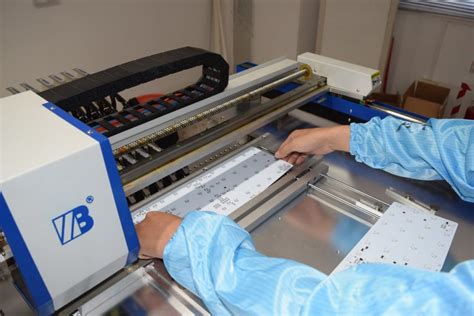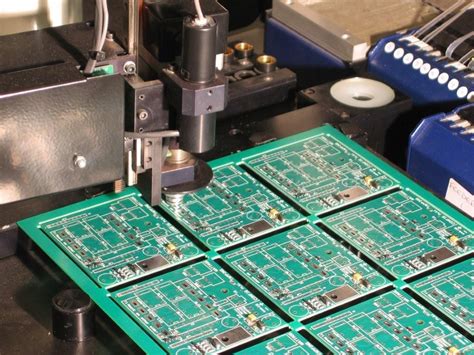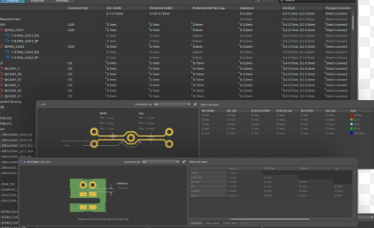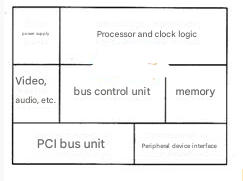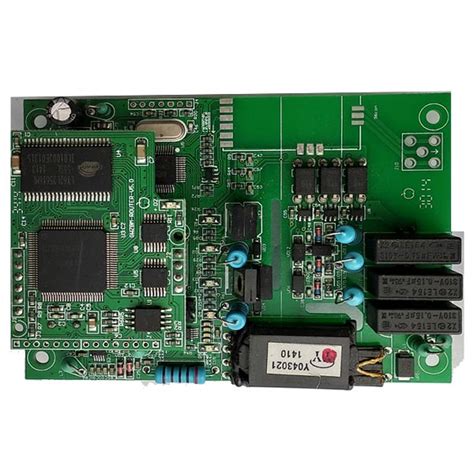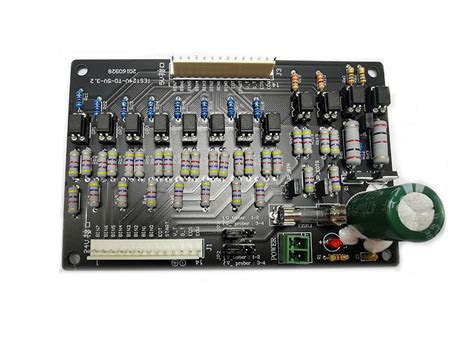Optimizing PCB Production: Speed, Pricing & Turnkey Solutions
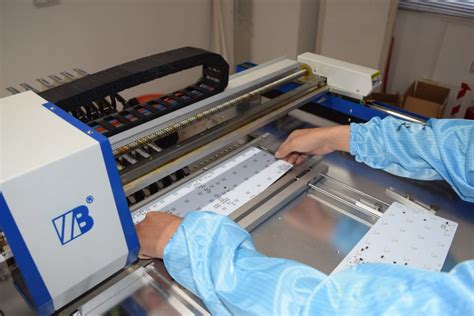
Key Takeaways
When navigating PCB manufacturing, understanding how PCB manufacturing companies balance speed, quality, and cost is critical. Most providers offer tiered timelines—such as 24-hour prototyping or 5-day standard builds—to align with project urgency. For example:
| Build Time Tier | Typical Cost Increase | Best For |
|---|---|---|
| 24-hour | 25-40% | Prototypes, critical revisions |
| 3-day | 10-15% | Mid-volume runs, tight deadlines |
| 5-day+ | Base pricing | High-volume, cost-sensitive projects |
PCB manufacturing cost structures often hinge on material choices, layer counts, and turnaround times. While faster services save time, they may strain budgets—especially for startups or small-scale PCB manufacturing business operations.
Tip: Request a breakdown of labor, material, and overhead costs to identify areas for optimization. Some providers offer volume discounts for orders exceeding 50 panels.
For time-sensitive projects, prioritize PCB manufacturing companies with verified rapid turnaround guarantees. However, always validate their quality certifications (https://www.andwinpcba.com) can further streamline workflows by flagging design errors early.
By aligning timelines with budget constraints and leveraging turnkey solutions, you reduce logistical friction while maintaining control over PCB manufacturing cost variables.
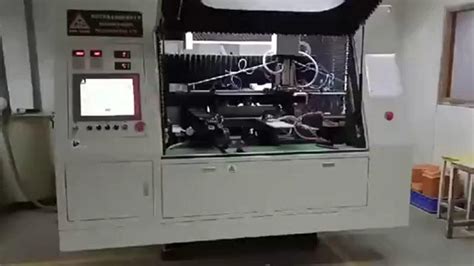
-Hour PCB Prototyping Services Explained
When time is critical, PCB manufacturing companies offer 24-hour prototyping services to accelerate product development cycles. These services prioritize speed-to-market without compromising quality, enabling you to validate designs or address urgent revisions. The process typically begins with automated design verification, followed by precision fabrication using advanced machinery. While PCB manufacturing cost for rapid prototypes may be higher than standard timelines, the trade-off lies in reducing delays for time-sensitive projects like IoT devices or medical equipment.
Key factors influencing turnaround include layer count, material specifications, and testing requirements. Many providers use tiered pricing models—shorter lead times often correlate with premium rates. For example, a 4-layer prototype might cost 20-30% more for 24-hour delivery compared to a 48-hour option. To optimize budgets, evaluate whether critical path components truly need expedited processing or can align with standard build phases.
By leveraging PCB manufacturing business expertise in rapid workflows, you gain flexibility to test iterations faster, iterate designs, and lock final specifications ahead of mass production. This approach aligns with modern PCB manufacturing strategies that balance agility and cost-efficiency, particularly for startups or R&D teams racing against competitors.
Cost-Effective PCB Production Pricing Tiers
When evaluating pcb manufacturing cost, you’ll find that most pcb manufacturing companies structure their services into tiered pricing models to align with varying project scales and deadlines. These tiers typically categorize orders based on volume, complexity, and turnaround time, allowing you to balance budgetary constraints with production requirements. For instance, high-volume orders often benefit from economies of scale, reducing per-unit costs, while smaller batches may prioritize faster lead times at a slightly higher rate.
A well-designed tiered system ensures transparency, letting you anticipate expenses for different phases of your pcb manufacturing business. For example, standard tiers might suit prototyping stages, whereas expedited or rush tiers cater to time-sensitive production runs. Some providers even offer hybrid models that combine fabrication and assembly costs into a single pcb manufacturing quote, simplifying budget planning.
To optimize spending, compare how tiers correlate with build timelines—slower turnaround options often come with lower premiums. However, always verify whether hidden fees (like tooling charges or material markups) affect the final quote. By aligning your project’s scope with the right pricing tier, you can maintain cost efficiency without compromising on quality or delivery speed.
Streamlined Turnkey PCB Manufacturing Workflows
When evaluating PCB manufacturing partners, opting for streamlined turnkey solutions ensures you maintain control over both timelines and budgets. Leading PCB manufacturing companies integrate design verification, material procurement, and assembly into a single workflow, eliminating fragmented coordination between suppliers. This approach directly impacts PCB manufacturing cost by reducing logistical overhead and minimizing errors that cause delays. For instance, automated quoting systems align your project specifications with real-time pricing, while tiered build-time options let you prioritize speed or economy based on project needs.
A well-structured PCB manufacturing business leverages standardized processes to accelerate prototyping without compromising quality. By consolidating tasks like solder paste application and automated optical inspection (AOI), turnkey providers ensure consistency across batches. You also gain transparency into USD-based pricing models, making it easier to forecast expenses for high-volume orders or complex multilayer boards. Whether you’re scaling production or iterating prototypes, these integrated workflows adapt to shifting priorities while maintaining compliance with industry certifications like ISO 9001.
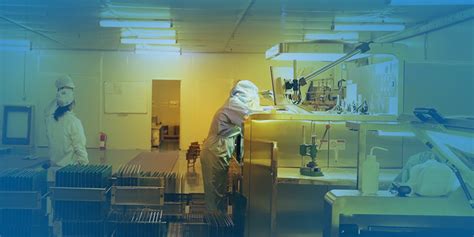
Comparing PCB Build Time Options for Efficiency
When selecting PCB manufacturing companies, understanding build time tiers is critical for balancing project deadlines and PCB manufacturing cost. Most providers offer standard, expedited, and rush timelines, each impacting both delivery speed and pricing. Standard lead times (5-10 days) suit non-urgent projects, allowing PCB manufacturing businesses to prioritize cost-efficiency without compromising quality. For tighter schedules, expedited options (3-5 days) often involve streamlined workflows, though material availability may influence final pricing.
Rapid-turn services (24-48 hours) cater to time-sensitive prototypes, leveraging advanced PCB manufacturing processes like automated routing and laser drilling. However, these accelerated timelines typically incur higher costs due to prioritized resource allocation. To optimize efficiency, compare how each tier aligns with your project’s technical complexity and budget. For instance, multilayer designs might require longer lead times even in expedited tiers, while simpler boards could meet aggressive deadlines without significant cost spikes.
Transparent communication with your manufacturer ensures alignment on timelines and avoids bottlenecks. Many PCB manufacturing companies provide real-time tracking tools to monitor progress, enabling you to adjust plans if delays arise. By weighing these factors, you can strike the ideal balance between speed and PCB manufacturing cost, ensuring your production workflow remains both agile and economical.
USD-Based PCB Production Cost Structures
When evaluating PCB manufacturing expenses, understanding USD-based pricing models ensures transparent budgeting for global projects. Most PCB manufacturing companies structure costs in U.S. dollars to stabilize pricing amid currency fluctuations, particularly for international clients. Key factors influencing PCB manufacturing cost include material selection (e.g., FR-4 vs. high-frequency laminates), layer count, and surface finishes like ENIG or HASL. Turnkey services often bundle design validation, fabrication, and assembly into a single USD quote, simplifying financial planning.
For cost-sensitive projects, tiered pricing aligns with order volume and complexity—high-volume batches typically reduce per-unit costs, while rapid prototyping incurs premiums. To optimize spending, compare how different PCB manufacturing business providers balance speed and affordability within USD frameworks. For instance, some companies offer scaled discounts for orders exceeding 50 panels, whereas others prioritize low-mix/high-flexibility workflows. Always clarify whether secondary processes (e.g., testing or conformal coating) are included in base quotes to avoid hidden fees.
By aligning your requirements with USD-denominated structures, you gain predictable budgeting and easier cross-border comparisons—critical for scaling PCB manufacturing operations efficiently.
Rapid PCB Manufacturing for Time-Sensitive Projects
When deadlines are tight, partnering with PCB manufacturing companies that specialize in accelerated workflows becomes critical. These providers leverage advanced fabrication techniques, such as automated optical inspection (AOI) and laser-direct imaging, to reduce turnaround times without compromising quality. For urgent projects, 24-hour prototyping services enable you to validate designs rapidly, while tiered production timelines allow flexibility in balancing PCB manufacturing cost and delivery speed.
Most providers offer expedited engineering review processes to identify potential bottlenecks early, ensuring your design files meet manufacturing specifications before production begins. If you’re managing a PCB manufacturing business, understanding these time-saving protocols helps streamline operations—especially when coordinating with assembly partners for turnkey solutions.
When evaluating speed-focused services, prioritize transparency in PCB manufacturing timelines. Some companies provide real-time production tracking, giving you visibility into each stage, from material procurement to final testing. This approach minimizes surprises and lets you adjust project schedules proactively. Always verify whether rush fees align with your budget, as accelerated services may impact per-unit costs depending on order complexity and volume.
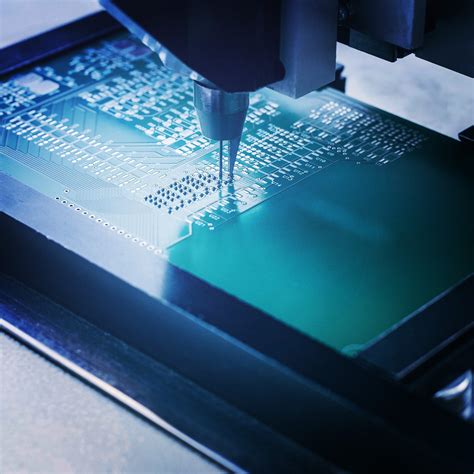
Optimizing PCB Assembly With Tiered Timelines
When coordinating with PCB manufacturing companies, aligning assembly timelines with project requirements ensures you balance PCB manufacturing cost and delivery speed effectively. Tiered timelines allow you to choose from standard, expedited, or rush options, each tailored to specific design complexities and volume needs. For instance, a standard 5-day turnaround might suit prototype validation, while a 48-hour service could address urgent revisions without inflating your PCB manufacturing business budget.
By segmenting workflows, manufacturers optimize resource allocation—prioritizing high-speed lines for urgent orders while maintaining cost-efficiency for bulk production. This approach minimizes idle machine time and reduces bottlenecks, directly impacting your bottom line. Additionally, transparent pricing models linked to timeline tiers help forecast expenses accurately, especially when managing multi-phase projects.
Transitioning between timeline options requires clear communication with your PCB manufacturing partner. Clarify technical specifications upfront—such as layer counts or surface finishes—to avoid delays. This proactive strategy ensures seamless scaling from low-volume batches to full-scale production, keeping your project on track without compromising quality or budget.
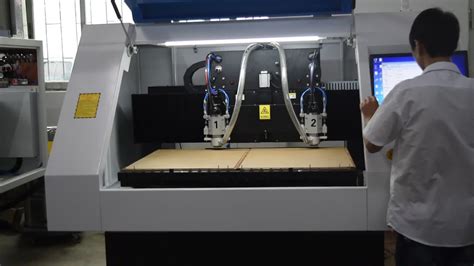
Balancing Speed and Budget in PCB Fabrication
When coordinating with PCB manufacturing companies, you’ll often face the challenge of aligning project timelines with financial constraints. Faster turnaround times typically elevate PCB manufacturing cost due to expedited material sourcing, prioritized assembly lines, and extended labor shifts. However, many providers now offer tiered timelines—such as 24-hour prototyping or 5-day standard builds—that let you scale urgency against budget. For instance, opting for a mid-tier timeline might reduce costs by 15–30% compared to rush services while still meeting most development deadlines.
To optimize this balance, evaluate how design complexity impacts both speed and expenses. Simple designs with fewer layers or standard finishes often qualify for lower-cost rapid production, whereas multi-layered boards with specialized materials may require longer lead times. By understanding your project’s technical requirements early, you can collaborate with PCB manufacturing partners to eliminate unnecessary iterations.
Moreover, transparent PCB manufacturing business models now provide real-time cost calculators, allowing you to simulate different build scenarios before committing. This proactive approach ensures you avoid overpaying for urgency or underestimating time-sensitive deliverables. Ultimately, the key lies in aligning your priorities—whether it’s accelerating time-to-market or maximizing ROI—with a manufacturer’s flexibility and pricing structure.
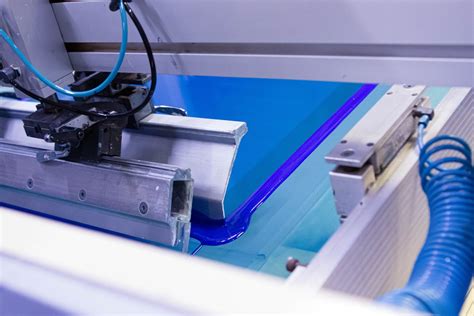
Conclusion
When navigating PCB manufacturing for your projects, balancing speed, cost, and quality requires strategic planning. Reputable PCB manufacturing companies leverage tiered timelines to align with your project’s urgency—whether you need rapid prototyping or scaled production. Understanding PCB manufacturing cost structures helps you budget effectively, especially when evaluating USD-based pricing models that eliminate currency fluctuations. For businesses prioritizing efficiency, turnkey solutions integrate design, fabrication, and assembly, minimizing workflow disruptions.
Your choice ultimately depends on whether time-sensitive delivery or cost optimization drives your PCB manufacturing business goals. By comparing build-time tiers and service bundles, you can align with providers that offer flexibility without compromising reliability. Always verify certifications and technical capabilities to ensure your boards meet industry standards. With the right partner, you’ll streamline production while maintaining control over timelines and expenditures.
FAQs
How do PCB manufacturing companies balance speed and quality?
Leading providers employ automated quality checks and parallel processing workflows, enabling faster turnaround without compromising reliability. Many offer tiered timelines—72-hour, 48-hour, or 24-hour options—to align with your project’s urgency and PCB manufacturing cost constraints.
What factors most impact PCB manufacturing business pricing structures?
Material selection, layer count, and order volume dominate costs, but lead time premiums for expedited services also play a role. USD-based pricing models provide transparency, especially for international clients comparing multiple suppliers.
Are turnkey services worth the investment for small-batch orders?
Integrated PCB manufacturing solutions streamline design-to-shipping processes, reducing administrative overhead. While per-unit costs may be slightly higher, the time savings in logistics and vendor coordination often justify the expense for prototyping or low-volume runs.
How can you verify a manufacturer’s rapid prototyping claims?
Request documented case studies showing 24-hour turnaround benchmarks. Reputable PCB manufacturing companies typically provide real-time production tracking and maintain certified ISO 9001 or IATF 16949 workflows for guaranteed timelines.
Need a Reliable Partner for Your Next Project?
For optimized PCB manufacturing cost structures and verifiable rapid turnaround, please click here to explore certified solutions tailored to your technical specifications and budget parameters.

